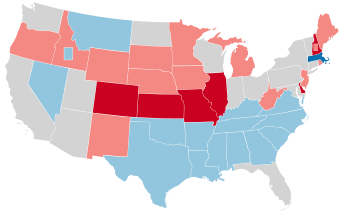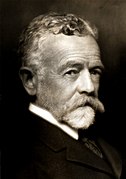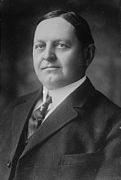
Back ھەڵبژاردنی ئەنجومەنی پیرانی ئەمریکا (١٩١٨) CKB Wahlen zum Senat der Vereinigten Staaten 1918 German 1918년 미국 상원의원 선거 Korean
| ||||||||||||||||||||||||||||||||||
38 of the 96 seats in the United States Senate 49 seats needed for a majority | ||||||||||||||||||||||||||||||||||
|---|---|---|---|---|---|---|---|---|---|---|---|---|---|---|---|---|---|---|---|---|---|---|---|---|---|---|---|---|---|---|---|---|---|---|
| ||||||||||||||||||||||||||||||||||
 Results of the elections: Democratic gain Democratic hold Republican gain Republican hold No election | ||||||||||||||||||||||||||||||||||
| ||||||||||||||||||||||||||||||||||
The 1918 United States Senate elections were held throughout 1918,[a] the midpoint of Woodrow Wilson's second term as president. This was the first election since the ratification of the 17th Amendment that all 32 Class 2 senators were subject to direct or popular election, making them the final class under the old system of being selected by state legislatures. Special elections were also held to fill vacancies.
Republicans gained a slim 2-seat control after picking a net of 6 seats up. This came after an April 1918 special election where they flipped a seat in Wisconsin.
Cite error: There are <ref group=lower-alpha> tags or {{efn}} templates on this page, but the references will not show without a {{reflist|group=lower-alpha}} template or {{notelist}} template (see the help page).

